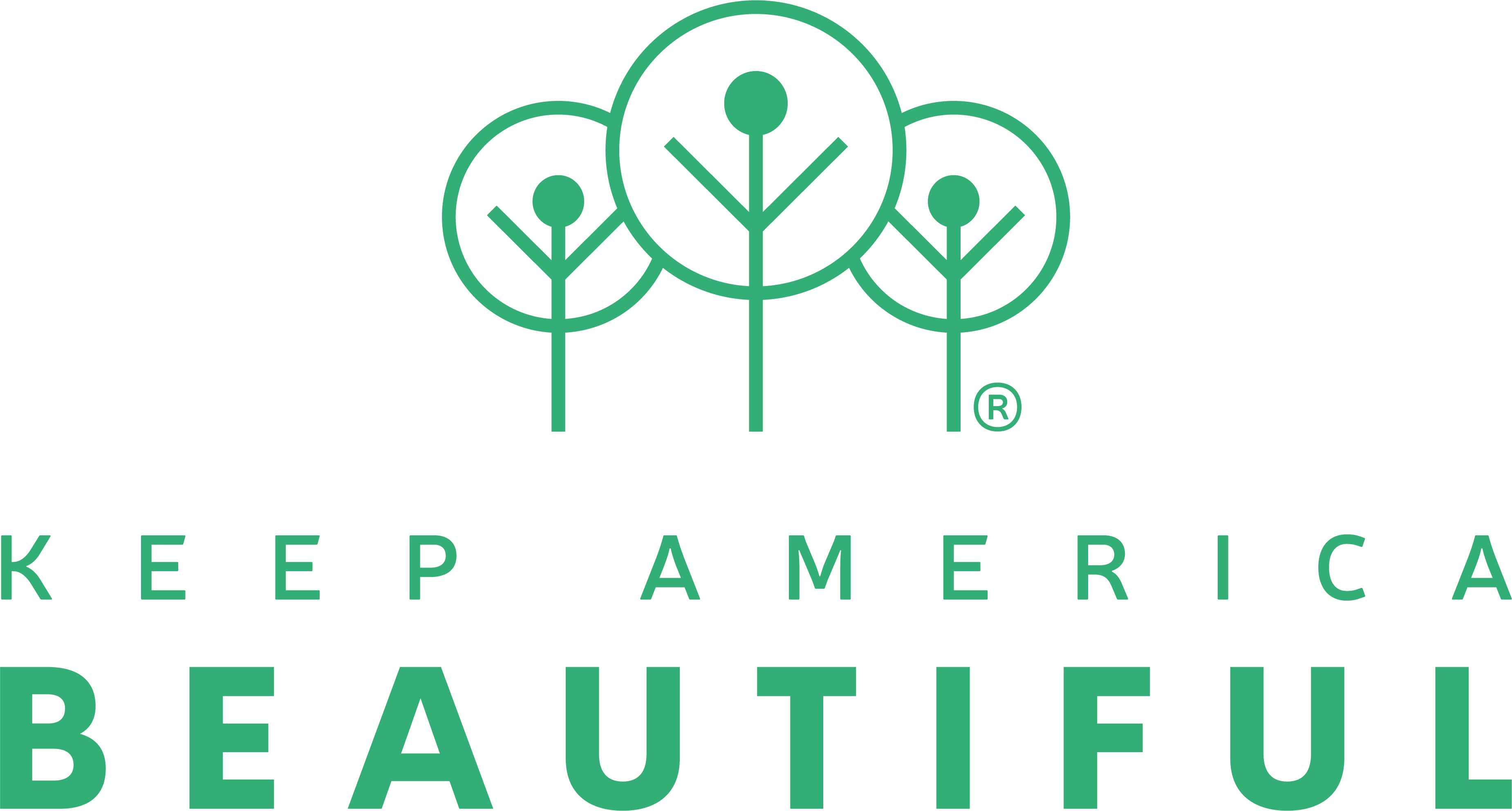New Guidelines to Bring Nature Play to Every Community
Keep America Beautiful Partners with National Wildlife Federation and National Learning Initiative on Guidelines for Creating and Managing Nature Play and Learning Places
STAMFORD, Conn., September 9, 2014 /3BL Media/ — Every parent who has ever watched a child play in nature has cause to rejoice. Today, National Wildlife Federation (NWF) and the Natural Learning Initiative (NLI) at the College of Design, North Carolina State University released “Nature Play & Learning Places: Creating and Managing Places Where Children Engage with Nature.” The guidelines define nature play places as well as explain how to plan, design, and manage them, and how to bring them to children and families in every community.
“Nature Play & Learning Places” draw from principal author Robin Moore’s extensive landscape design experience, case studies of 12 existing nature play areas across the country, and the contributions from the members of a national steering committee and a technical advisory committee, which consisted of representatives from more than 20 national organizations, including Keep America Beautiful. The project was funded by the US Forest Service.
“Playing outdoors in nature gives children the chance to develop a connection with nature and wildlife, and is good for their overall well-being,” said Kevin Coyle, vice president for education and training at NWF. “These guidelines will make it easier to incorporate nature play environments in every playground, schoolyard, and childcare center.”
Nature Play & Learning Places is a tool for those who manage areas where children gather, including park and recreation professionals, educators, urban planners, and developers. The guidelines explain how to design a nature play and learning area and provide detailed descriptions of activity setting designs including entrances, pathways, plants, and permanent play structures. Guidance is also provided for managing soil, plants, and other natural elements at nature play areas, and for managing risk, including an eight-step risk management protocol.
"In order to build and sustain vibrant communities, we must offer children an opportunity to connect with nature. The framework provided through ‘Nature Play & Learning Places’ helps design places where children will develop an appreciation for the outdoors and to sustain those places for future generations of environmental stewards," said Jennifer Jehn, president and CEO of Keep America Beautiful.
“Ensuring children have the chance to regularly experience and interact with nature is a priority for local parks and recreation," said Barbara Tulipane, president and CEO of the National Recreation and Park Association. “With these guidelines in hand, park and recreation departments can design, build and maintain successful nature play areas in any type of community for all people to enjoy.”
The guidelines will also be helpful to managers of state parks, national parks, and other public lands.
“Nature play and learning places are an innovative and fun way to connect families with our public lands,” said Fran Mainella, former director of the National Park Service and a visiting scholar at Clemson University. “They can help us improve children’s health and learning and encourage appreciation for wildlife and natural systems.”
To download and read the full text of the guidelines, visit www.natureplayandlearning.org.
About the National Wildlife Federation
The National Wildlife Federation is America's largest conservation organization inspiring Americans to protect wildlife for our children's future. For more information, go to nwf.org.
About Keep America Beautiful
Keep America Beautiful is the nation’s leading nonprofit that brings people together to build and sustain vibrant communities. With a national network of community-based affiliates, we work with millions of volunteers who take action in their communities to transform public spaces into beautiful places. Through our programs and public-private partnerships, we engage individuals to take greater responsibility for improving their community’s environment. For more information, visit kab.org, follow us on Twitter, like us on Facebook, or view us on YouTube.

